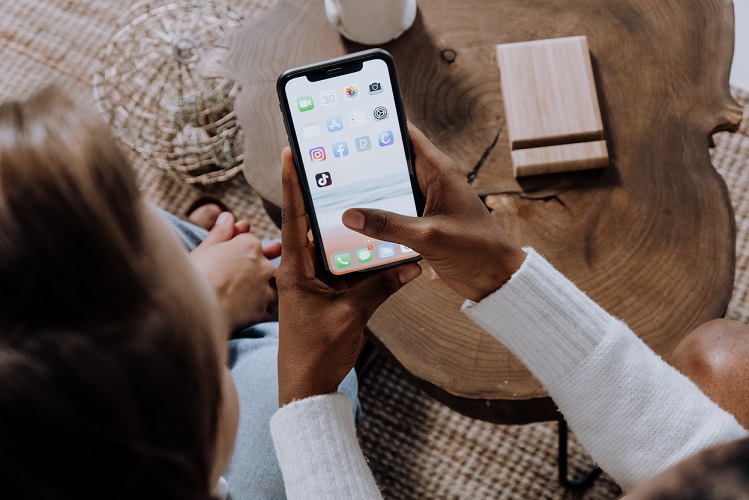Some support mental health information being shared on social media; others do not.
Olivia Lutfallah is a normal twenty-something year-old woman obsessively posting to TikTok. She wears a middle hair part, crop tops and high-waisted jeans signaling her complete belonging to the generation of Zoomers. She posts short videos with a wide, bright smile about her favorite topic: ADHD. And, Olivia is not the only Zoomer who has taken to TikTok to articulate different ADHD symptoms and hacks for coping with them. One simple search on TikTok’s site inundates users with thousands of influencers and hours of content on the subject. Some practitioners say these videos (boasting hundreds of thousands, if not millions of likes), show that TikTok is a great mental health platform and tool for removing stigma, especially for women who are often underdiagnosed and mask symptoms.
Masking symptoms may take the form of a child being too quiet because they are conditioned to behave themselves appropriately. Most often, ADHD is underdiagnosed among young women because they are less naturally boisterous than their male counterparts. Therefore, ADHD symptoms will be less obvious in girls, generally.

On the other hand, critics say TikTok is an inappropriate forum for the dissemination of ADHD symptoms and information because it can lead to dangerous self-diagnosis. Some users supposedly using it as a mental health platform claim that having trouble going to sleep at night or developing a coffee addiction are signs that one may be suffering from ADHD. Symptoms that are vague promote the idea that one’s quirks or eccentricities can be explained by a simple diagnosis. Once an individual is convinced they have a few symptoms of a disorder, they may take on other symptoms as well.
If true, ADHD would not be the first mental disorder to falsely plague the female population. In 2011, Thera Sanchez, a cheerleader, experienced an unexplained twitching that then infected her entire cheerleading squad with no physical reasoning behind it. Other mental illnesses have crawled into the minds of teenage girls throughout the decades such as repressed memories, anorexia, cutting, and “multiple personality disorder” (formally, DID). Even as far back as 1518, the Dancing Plague caused residents of Strasbourg to compulsively dance for weeks without being able to stop.
Furthermore, social media sites, like TikTok, when used as a mental health platform, allow social contagions to spread beyond cheerleading squads and small towns to entire online communities full of millions of people. Critics claim that people who have given themselves a self-diagnosis and post videos for “awareness” are instead drawing negative attention towards the people who actually suffer from the disorder.
On YouTube, compilations of TikTok teens posting about mental disorders such as borderline personality disorder, dissociative identity disorder (DID) and ADHD have garnered both sympathy and negative comments. It is easy to look at these videos and feel that some may be aggrandizing symptoms for clout.
On the whole, TikTok represents the mental health challenge that faces society: How do we destigmatize mental illness enough so people can feel free to share their symptoms with a licensed provider without advertising the symptoms to others? Answering this question has been a century-long pursuit. Doing so, however, will constitute real de-stigmatization and help lead society toward tolerance of those facing adverse mental health conditions.
Sources:
Olivia Lutfallah (@olivialutfallah) TikTok
On TikTok, Women With ADHD Finally Feel Heard
TikTok has become a dangerous mental disorder breeding ground
Twitching disorder affects 12 girls at New York high school


Join the conversation!